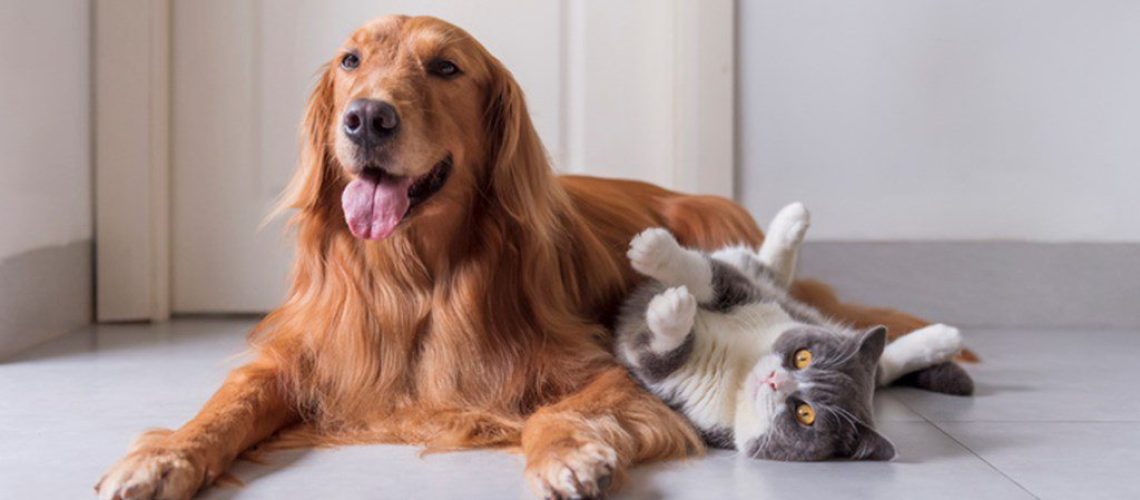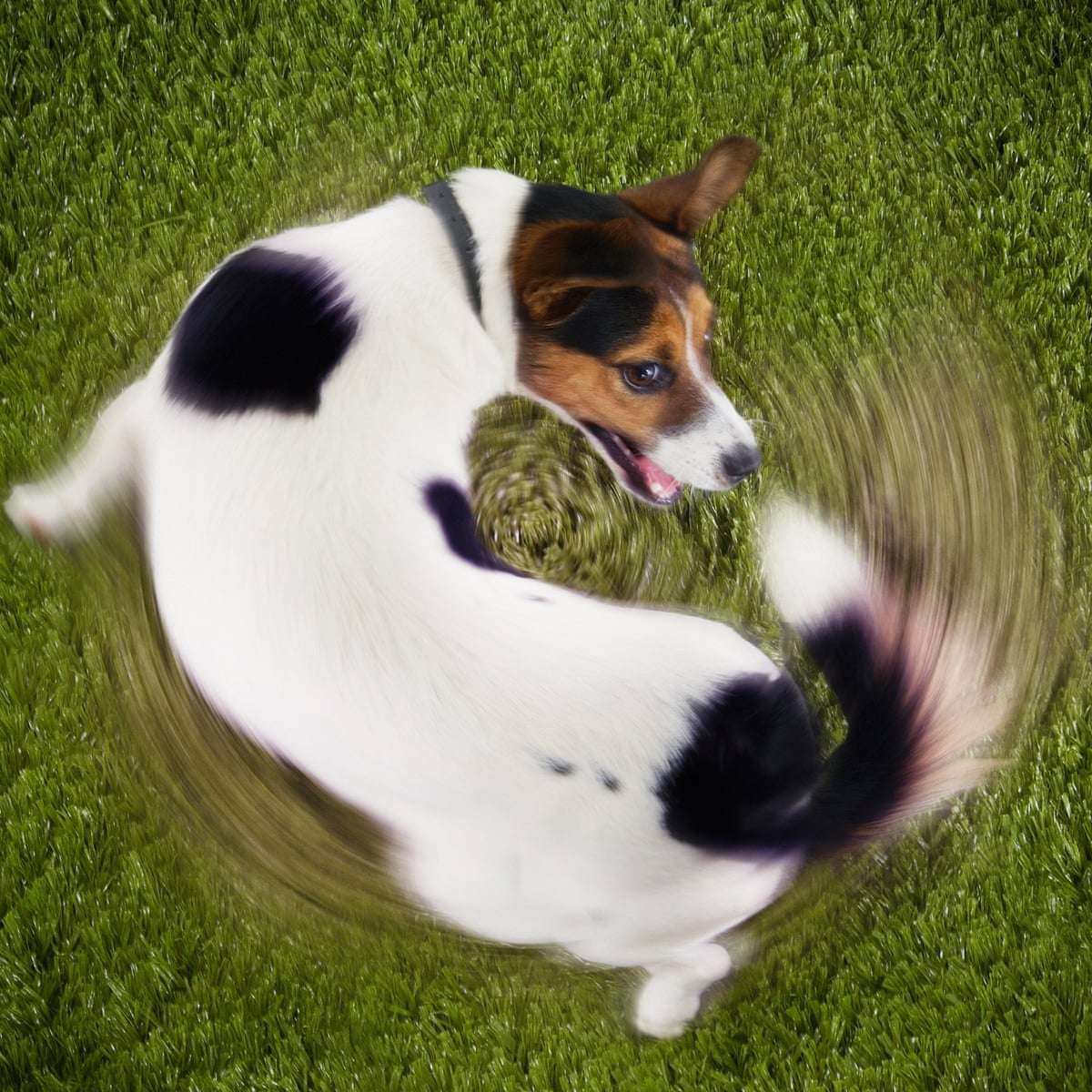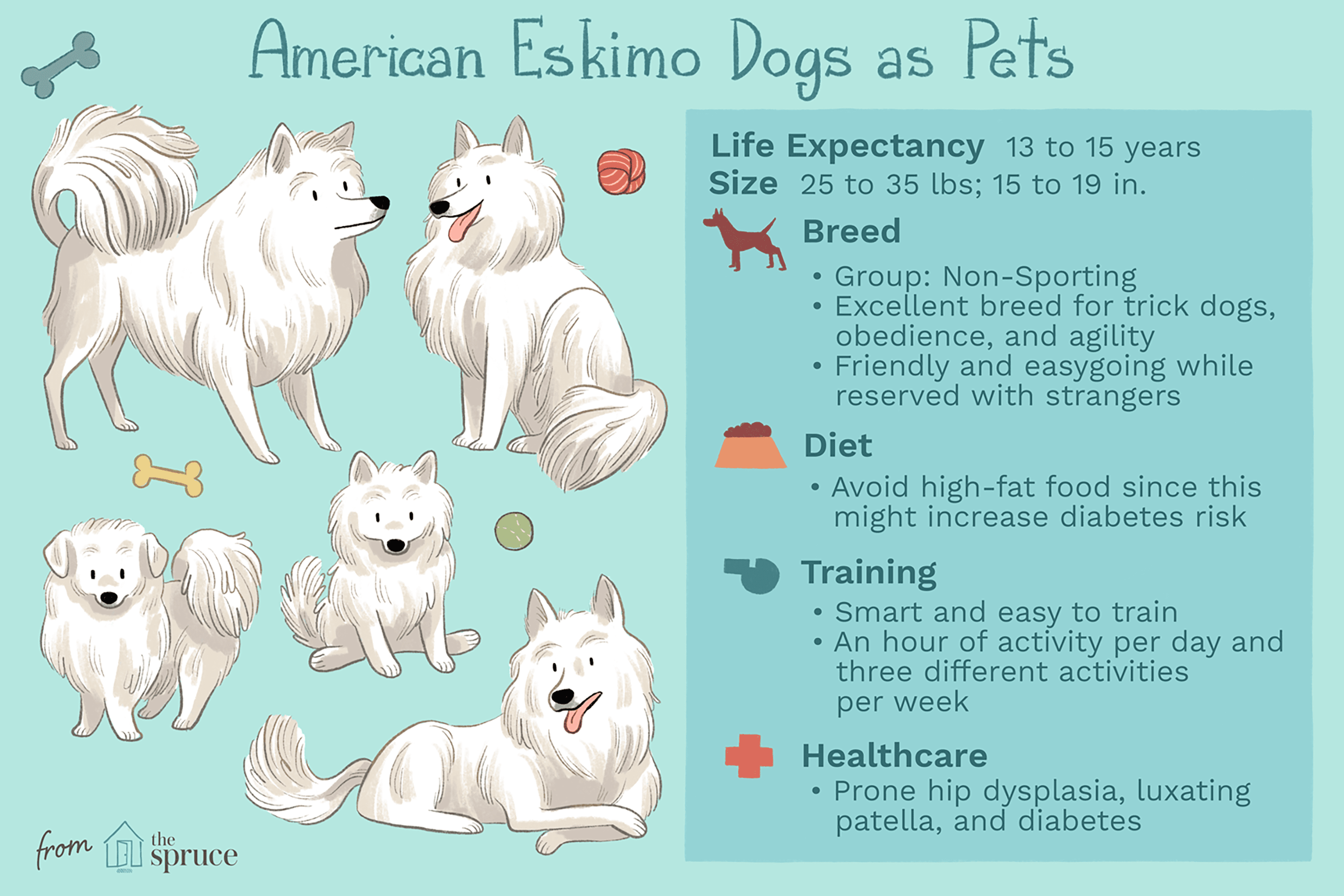Are you ready to embark on a journey that will unlock the secrets to building lifelong friendships between cats and dogs? Imagine the joy of seeing your furry companions frolicking together, playfully chasing each other's tails. In this guide, we'll explore the fascinating world of introducing cats to new dogs and uncover the key strategies for fostering harmony in your pet-filled home.
Understanding how to introduce cats and dogs is crucial for creating a peaceful coexistence. Did you know that according to a study by the American Pet Products Association, over 60% of households in the United States have at least one pet? With so many families bringing both cats and dogs into their homes, it's essential to equip yourself with the knowledge needed to successfully integrate these two different species.
Now, let's dive into the nitty-gritty details of making friends between cats and new dogs. We'll discover proven techniques for gradual introductions, effective communication methods, and even deciphering those mysterious tail wags and purrs. By delving into this subject, you'll become an expert in fostering friendships that will bring immeasurable happiness to both your feline and canine companions.
So why wait any longer? Join us as we unravel the secrets behind successful cat-dog introductions. Get ready to witness incredible bonds forming before your eyes, as your pets become inseparable pals. Let's create a harmonious pet paradise where tails wag with delight and purrs fill the air!
Key Takeaways:
- Slow and gradual introductions are crucial when introducing cats to new dogs.
- Provide separate spaces for the cat and dog initially to allow them to adjust to each other's presence.
- Use positive reinforcement and rewards to encourage positive interactions between the cat and dog.
- Monitor their interactions closely, especially during the initial stages, to prevent any aggressive behavior or harm.
- Seek professional help or guidance if needed, especially if there are signs of fear or aggression from either the cat or dog.
Important Steps for Introducing Cats and Dogs
Introducing a new cat to your dog can be an exciting but delicate process. To ensure a smooth introduction, it's important to follow some important steps:
1. Gradual Introduction:
I recommend starting with brief, supervised interactions between your cat and dog. This could involve keeping them in separate rooms at first, allowing them to sniff each other's scents under the door. Gradually increase their exposure to each other over time.
2. Positive Reinforcement:
Show both your cat and dog plenty of love and attention during the introduction process. Offer treats, praise, and playtime whenever they display calm behavior around each other. This positive reinforcement will help create positive associations between them.
3. Controlled Environment:
When you finally allow your cat and dog to physically interact, make sure it's in a controlled environment with no distractions or potential dangers. Use leashes or baby gates initially to prevent any unwanted chasing or confrontations.
The Importance of Supervising the First Interactions between Cats and Dogs
The first interactions between cats and dogs are crucial, which is why supervision is key:
1. Safety Precautions:
Cats may feel fearful or defensive when encountering a new dog, while dogs might be curious or overly excited. By supervising their interactions, you can intervene if necessary to prevent any aggressive behavior or accidents.
2. Building Trust:
Supervision allows you to observe their body language closely. Look for signs of stress or discomfort in either pet such as hissing, growling, raised fur, or excessive panting. By addressing these signs early on, you can help build trust between them.
3. Reinforcing Positive Behavior:
During supervised interactions, you can reward and reinforce positive behavior from both your cat and dog. This could be as simple as giving treats or praise when they approach each other calmly or show signs of curiosity without aggression.
Creating a Safe Space for Your Cat When Introducing them to a New Dog
When introducing your cat to a new dog, it's important to create a safe space where your cat feels secure:
1. Provide Vertical Space:
Cats feel safest when they have vertical spaces to escape to. Set up tall scratching posts, shelves, or cat trees where your cat can climb and observe the dog from a distance if they feel overwhelmed.
2. Separate Feeding Areas:
Ensure that your cat has their own designated feeding area that is inaccessible to the dog. This will prevent any potential food guarding issues and allow your cat to eat in peace without feeling threatened.
3. Quiet Retreats:
Create quiet areas in your home where your cat can retreat to if they need time alone away from the dog. Provide comfortable hiding spots like covered beds or cozy nooks where they can relax undisturbed.
Signs that Show Your Cat and Dog are Becoming Friends during the Introduction Process
While every pet's progress may vary, there are some positive signs that indicate your cat and dog are becoming friends:
- Curiosity:
If both pets display curiosity towards each other by sniffing, watching, or showing interest in each other's presence, it's a good sign that they are starting to accept one another.
- Playful Interactions:
If your cat and dog engage in playful behaviors together, such as chasing each other or batting at each other's paws without aggression, it shows they are developing a positive bond.
- Shared Space:
When your cat and dog can comfortably share the same space without tension or fear, such as lying down in close proximity or grooming themselves nearby, it indicates a growing friendship.
The Need for Patience when Introducing Cats and Dogs: Why it Matters
Patience is crucial when introducing cats and dogs because building a strong bond takes time:
1. Individual Personalities:
Cats and dogs have different personalities, and their reactions to each other may vary. Some may become friends quickly, while others may take weeks or even months to feel comfortable around one another. Patience allows them to adjust at their own pace.
2. Reducing Stress:
Rushing the introduction process can lead to stress for both pets. By allowing them time to acclimate gradually, you minimize the chances of anxiety or fear-related issues arising during the transition period.
3. Building Trust:
Trust is the foundation of any successful relationship between pets. Giving them ample time to get used to each other's presence helps build trust and ensures a more harmonious long-term bond.
What to Do if Your Cat and Dog Don't Get Along after Several Introduction Attempts
In some cases, despite multiple attempts at introduction, cats and dogs may not get along right away. If this happens, don't lose hope; there are still steps you can take:
1. Seek Professional Help:
If you've tried various techniques and your pets still show signs of aggression or extreme fear, it may be beneficial to consult a professional animal behaviorist or trainer. They can provide personalized guidance based on your specific situation.
2. Slow Down the Process:
Take a step back and slow down the introduction process. Give both your cat and dog more time to adjust separately before attempting supervised interactions again. Gradually reintroduce them in a controlled environment while closely monitoring their behavior.
3. Consider Separate Living Arrangements:
In some cases, it may be necessary to keep your cat and dog separate for their own safety and well-being. This could involve keeping them in different areas of the house or utilizing baby gates to create separate living spaces.
What to Do if Your Cat and Dog Don't Get Along after Several Introduction Attempts
1. Assess the Situation
Before taking any further steps, it is important to assess the situation between your cat and dog. Observe their interactions closely and look for signs of aggression or fear. Are they constantly growling, hissing, or barking at each other? Or do they seem anxious and avoid each other? Understanding the dynamics between your pets will help you determine the best course of action.
Signs of Aggression:
- Growling or hissing
- Biting or scratching
- Raised fur or tail
- Stiff body posture
Signs of Fear:
- Cowering or hiding
- Trembling or shaking
- Avoiding eye contact
- Tail tucked between legs
2. Create Separate Spaces
If your cat and dog are not getting along, it may be helpful to create separate spaces for them within your home. This will give each pet a safe haven where they can relax without feeling threatened by the other. Provide separate feeding areas, litter boxes for cats, and comfortable beds in different rooms. Gradually introduce supervised playtime in neutral territory, such as a backyard or a spacious living room.
3. Gradual Introduction with Positive Reinforcement
When attempting to reintroduce your cat and dog, take it slow and use positive reinforcement techniques. Start by allowing them to sniff each other's scent through closed doors or gates. Reward calm behavior with treats and praise. Gradually increase their exposure to each other while maintaining control over the environment. Use leashes or harnesses during initial face-to-face meetings to ensure safety.
Remember, every pet is unique, and it may take time for them to adjust to each other's presence. Be patient and consistent in your efforts, and seek professional advice if the situation does not improve over time.
In conclusion, introducing cats to new dogs can be a gradual process that requires patience and careful supervision. By following these steps and giving them time to adjust, it is possible for cats and dogs to become friends and live harmoniously together.
How long does it take for cats to get used to a new dog?
The introduction process for pets can vary in duration, typically taking anywhere from a few weeks to a few months depending on the specific animals involved. It's important to note that progress may not always be consistent, and it's perfectly acceptable to backtrack if signs of stress are observed. This information was last updated on May 3, 2023.
How do I get my cat to accept a new dog?
When you bring a new dog or puppy home, it is important to make sure your cat is secure in a familiar room with their essentials. This includes their bed, bedding, water, food, and litter. Give your dog the opportunity to explore the house, and then secure them in their own room with comfortable bedding, water, and a treat.
Is it normal for cat to hiss at new dog?
A cat that is relaxed will move around calmly and confidently, showing no aggression towards a new dog and not trying to escape. However, if the cat is growling, hissing, or attempting to scratch, it indicates that she is feeling uncomfortable.
What should you not do when introducing a cat to a dog?
When introducing a cat and dog, it is important not to rush the process. Even if your cat and dog have previous experience with each other or other animals, it is best to start by keeping them in separate areas of your home for a few days so they can get used to each other's scents.
Will a cat and dog eventually get along?
Most cats can live harmoniously with dogs as long as they are given enough time to become acquainted with one another. If a puppy and kitten are raised in the same environment, they typically learn to tolerate each other from the start, and some cats and dogs even become close friends, engaging in activities like playing and napping together.
How do you socialize a cat with a dog?
For the initial sessions, it's best to keep them brief and peaceful. Keep the dog on a leash and allow the cat to move freely. Avoid holding either pet in your arms, as there could be potential harm if either pet becomes aggressive. Prompt the dog to sit and provide small, delicious treats as a reward for being calm.

















